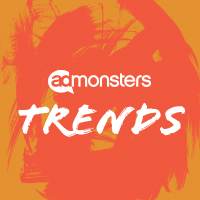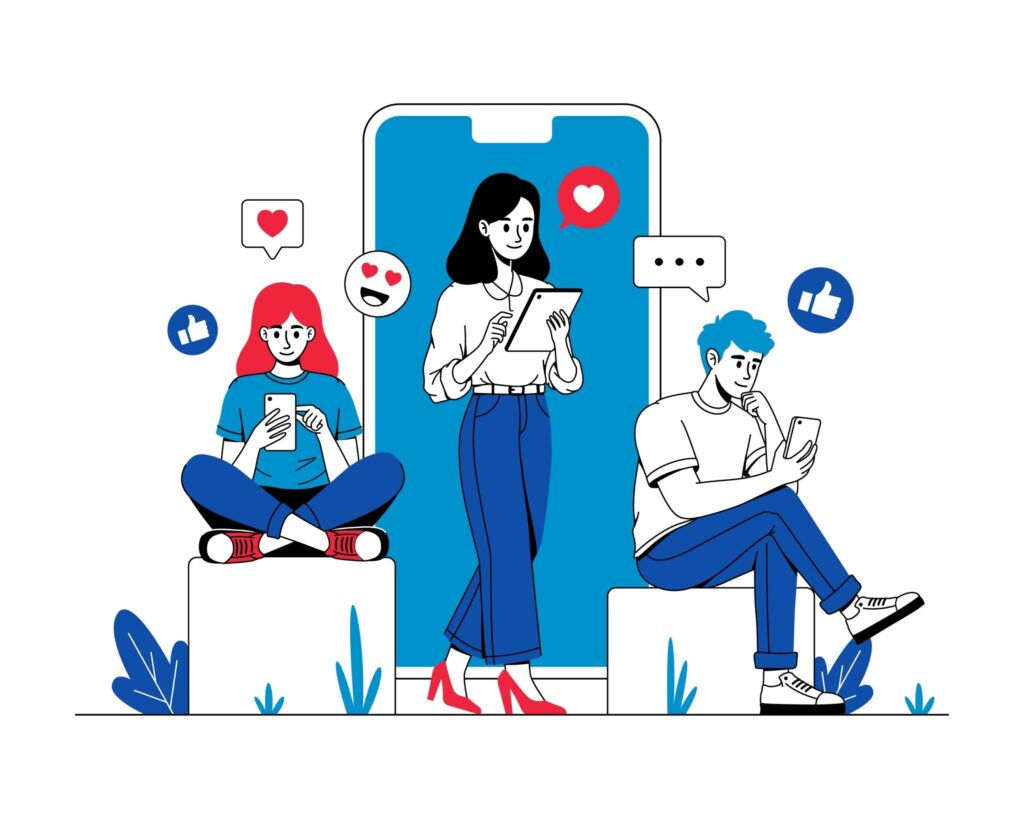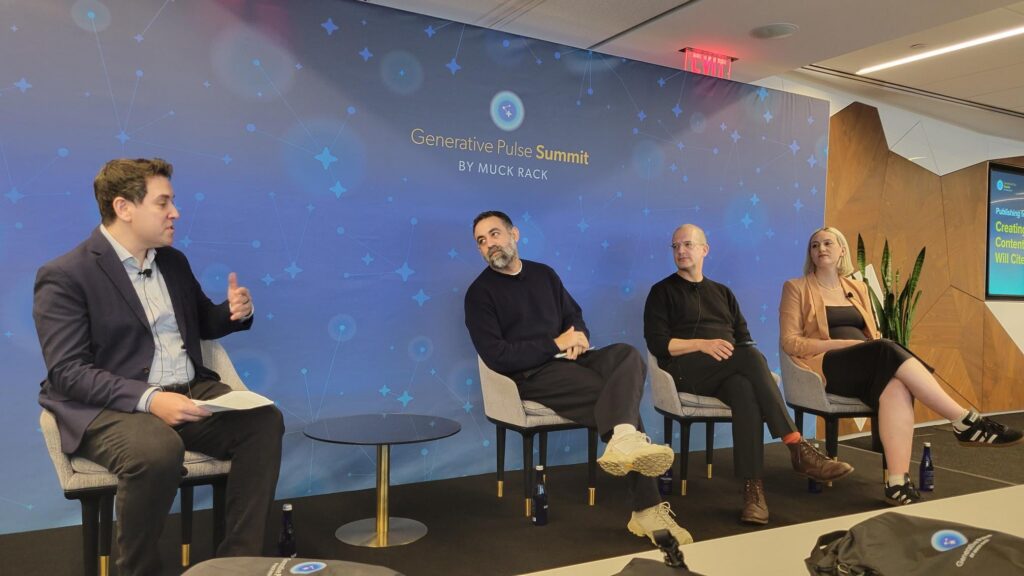Like their consumer counterparts, business-to-business marketers have to do more with less in today's economy. CHIEF MARKETER talked to several experts to get their take on where and how B-to-B marketers are spending their money in 2011.
DIRECT MAIL & PRINT
While a one-off postcard or letter might be a good idea for a small consumer marketer, in B-to-B a catalog or a brochure is often the better direct mail route, says B-to-B consultant Mary Ann Kleinfelter.
“It might be more costly, but a brochure or catalog can give you more space to explain your product,” she says.
Craig Conard, president of B-to-B agency Sudden Impact Marketing Inc., notes that while traditional postcard mailers are down, he's seeing B-to-B marketers having success in the mail with bigger, dimensional packages. “If you're working closely with your sales team and identify high value targets, dimensional mail can be a great follow-up,” he says.
Of course, one way many B-to-B firms have traditionally gotten out in the mail is by advertising in trade publications. However, Mark Amtower, a business-to-government marketing consultant, notes that the page count in many government publications is down. “There's definitely a tangible shift from print to online,” he says. “But that doesn't mean the publication outlets are necessarily losing that money — the advertising spend might be going to those print publication's websites instead.”
It should be noted, though, adds Amtower, that while advertisers may be moving away from the printed page, consumers still like something they can hold: A recent study from Chantilly, VA-based Market Connections reports that print is still the preference of readers of government trade publications.
SOCIAL MEDIA & EMAIL
Conard notes that he's seen a great increase in the amount of B-to-B resources put into content for social media, including video. “But in B-to-B there isn't the same blueprint for social as there is for B-to-C,” he says. “Companies want to have their hat in the ring, but everybody is trying to see how viable it is — and nobody has come up with ‘cost per tweet’ metrics.”
This means that many of B-to-B marketers are viewing social more like advertising, in that it is more beneficial for exposure than lead generation, he adds.
Still, even though social metrics are hard to crack, companies are starting to put their toe in for lead generation, says Kleinfelter. “One big question is how you measure the impact of what your customers and prospects are saying about you.”
Email is still king in terms of creating and keeping a dialogue going, she notes. But email isn't a complete B-to-B golden child.
“People were enamored with the idea that email was practically free and that you could communicate with people just by pressing a button,” says Conard. “But the reality is that open rates are steadily decreasing — we're seeing open rates consistently under 10%, and three or four years ago they were in the high 20%s. One of our clients built their whole plan on email marketing, and they're rethinking it now because it's just not moving the needle — there's definitely a place for it, but in moderation.”
LIVE & VIRTUAL EVENTS
Email, phone calls and social media are fine, but there's nothing like face-to-face — or face-to-virtual-face — contact to make a connection. While the economic downturn has led most companies to scale back live in-person events in the last few years, some companies are getting back out on the road again.
“In the last month, we've been getting more feelers about road shows, seminars and customer-facing events,” notes Conard. “Maybe companies are thinking that two years out of [live] circulation is enough and now they can go out with fresh messaging, if they can get a good response.”
Because it really needs to be worth it if you want to get people to make a trip, Kleinfelter says she's seeing that companies that do go live do fewer, longer events. “If they have an event, often it will be all day or even two days, rather than just a two-hour seminar.”
Webinars are extremely hot for B-to-B lead generation, particularly in the IT arena, says Amtower. Some high-tech firms are having success combining webinars with live product demos where they can get good traction with potential buyers.



